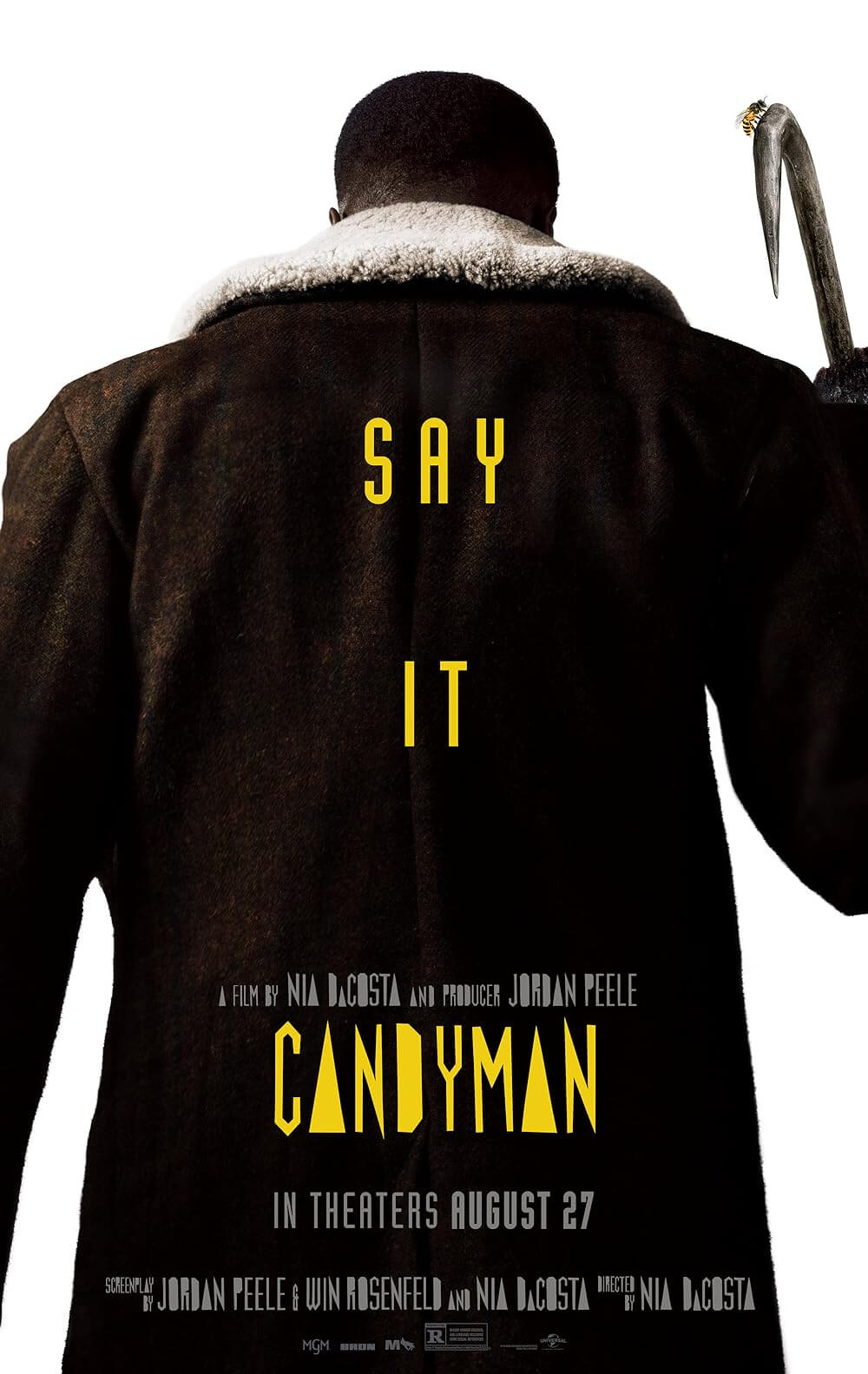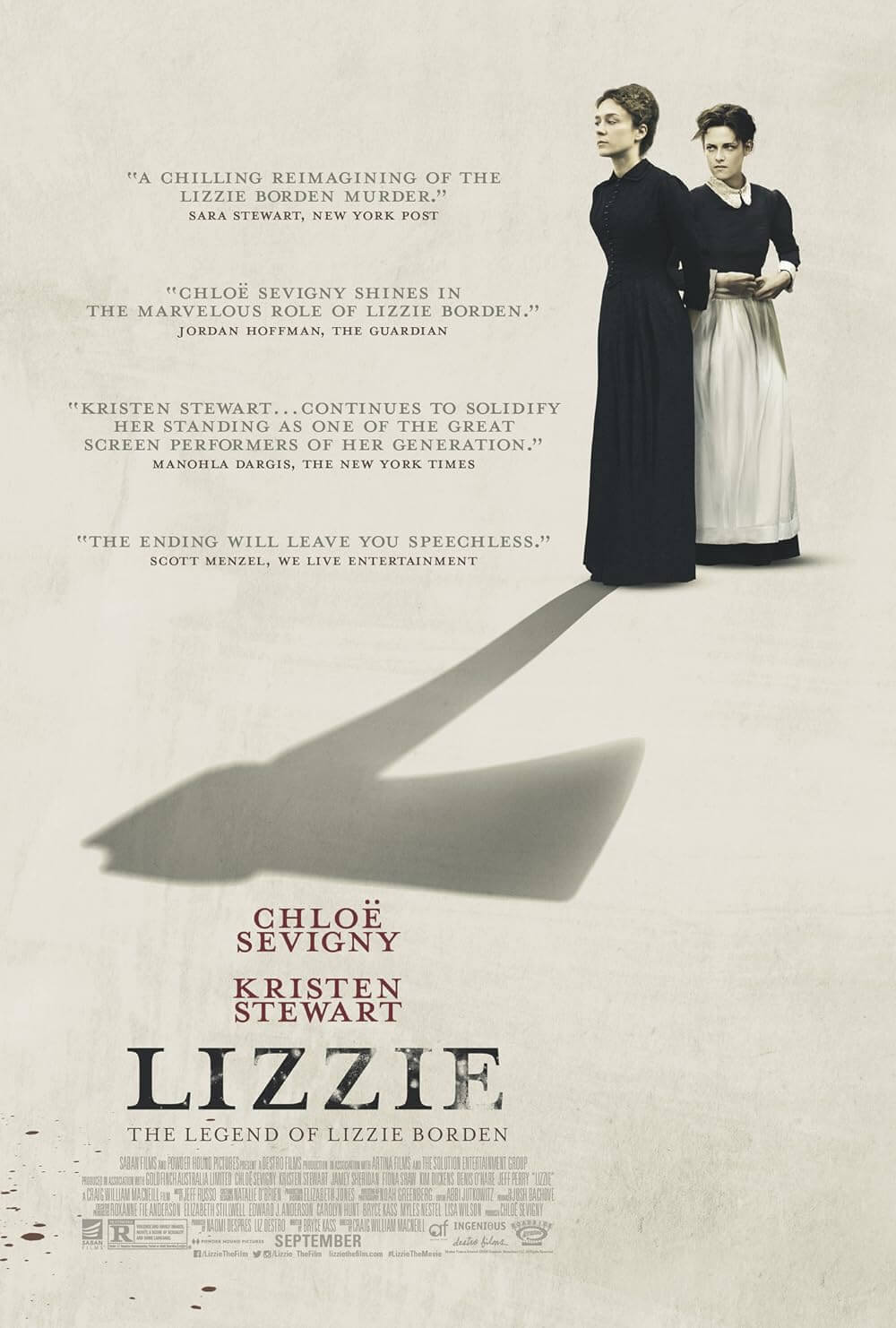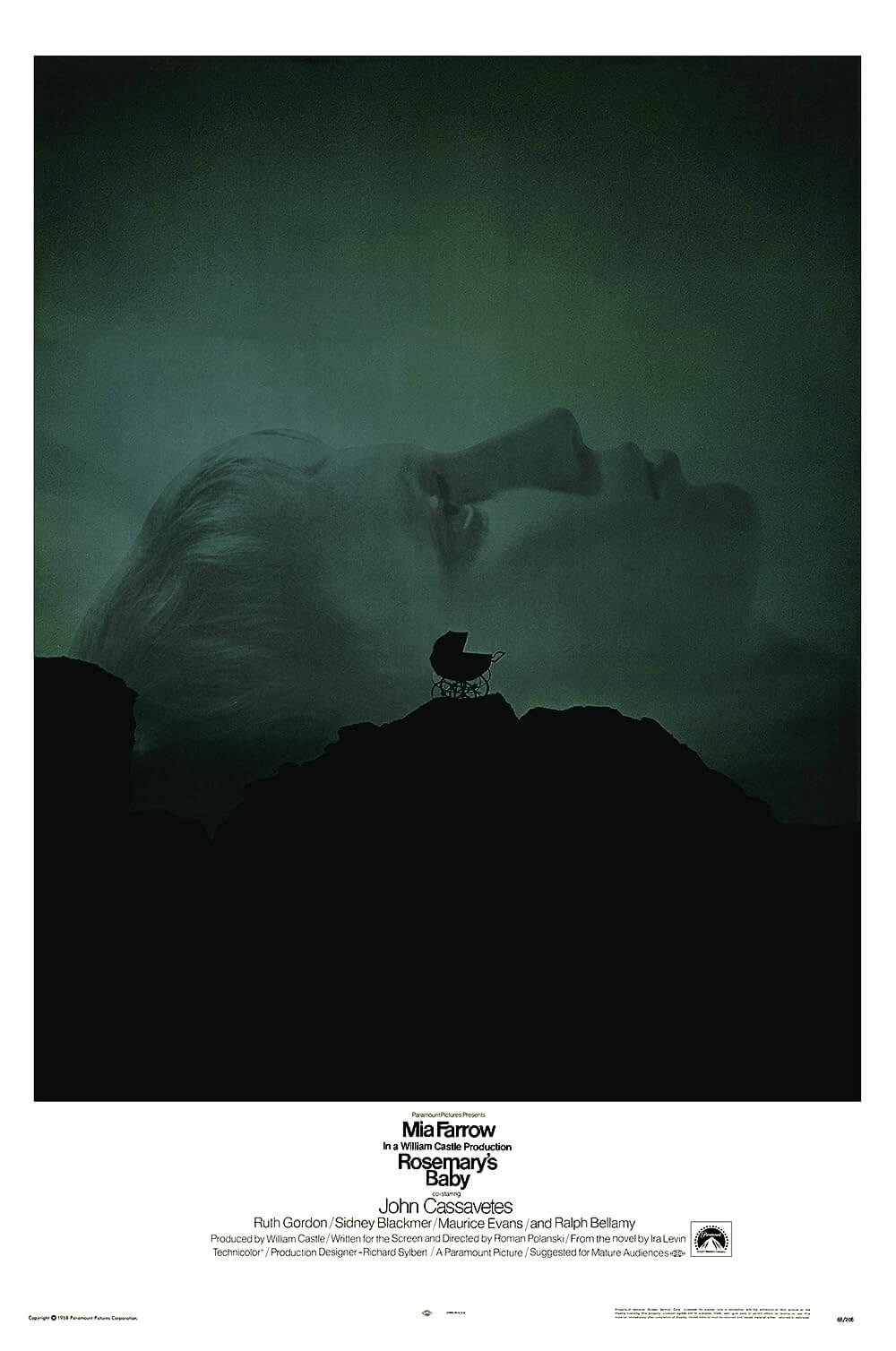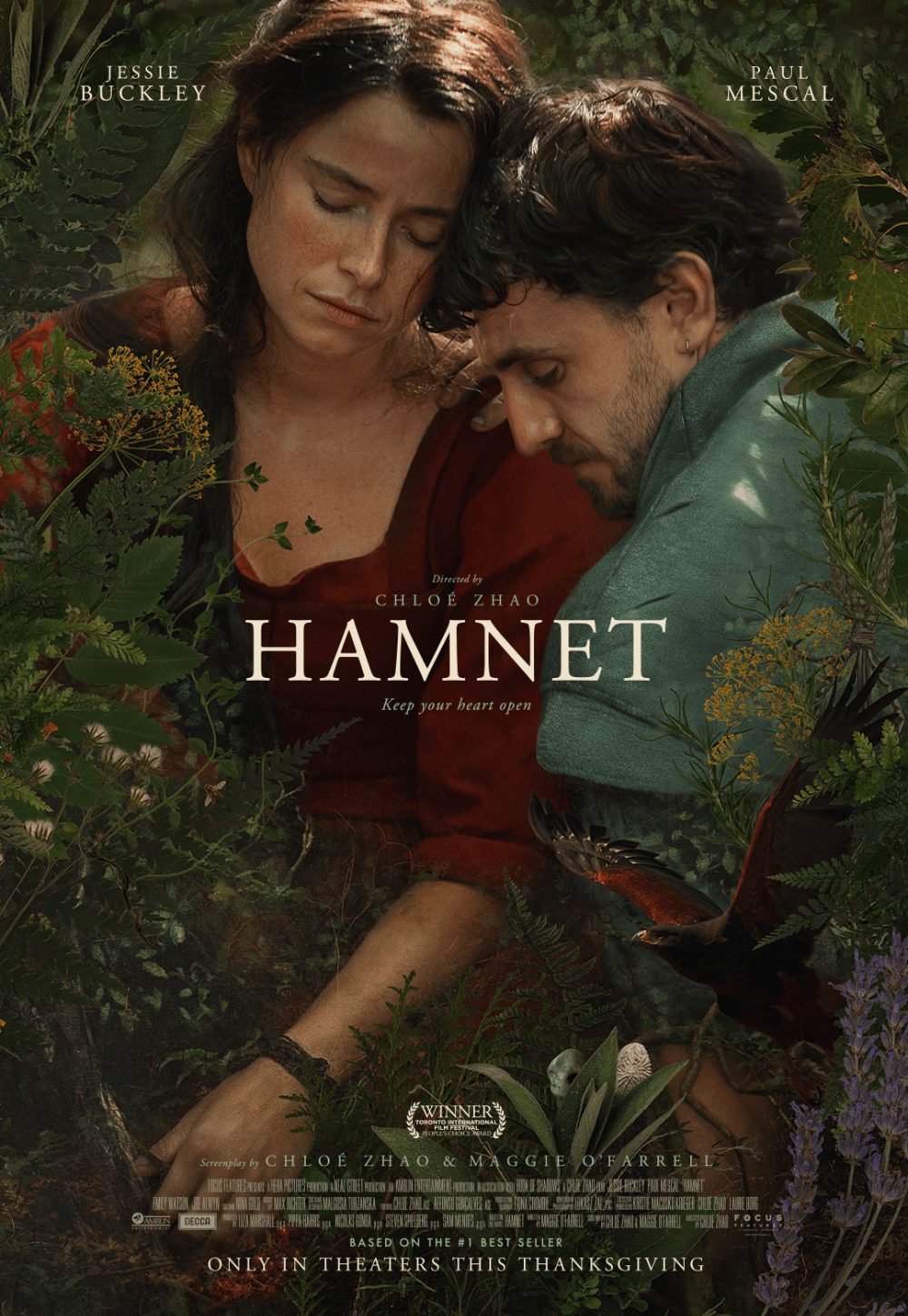
Saw
By Brian Eggert |
The Jigsaw Killer is the serial torturer-philosopher-schemer-sicko extraordinaire of Saw. Early in the film, we’re introduced to a drug addict named Amanda (Shawnee Smith) who survives a near-death ordeal that Jigsaw arranged for her: A kind of “reverse bear trap” is attached to her jaw, and she must cut into an unconscious man’s innards to extract the key to remove it. She does just that and becomes the only survivor of Jigsaw, who, according to authorities, has tortured people in similar situations before. Having come so close to the end, Amanda believes it’s a kind of test designed to make her life better and finally worth living.
Enter photographer Adam (Leigh Whannell) and Dr. Lawrence Gordon (Cary Elwes). They awake in an abandoned public bathroom somewhere, each with an ankle chained to a thick metal pipe. Their room is sealed. A two-way mirror occupies one wall. A dead man lies in the middle of the room, having clearly shot himself in the head. Clues are hidden everywhere. They each find their own recorded message from Jigsaw on a mini tape recorder. Adam’s message tells him that he can either do nothing and die or do something drastic and save his life. Jigsaw’s message to Dr. Lawrence tells him to kill Adam before six that evening; otherwise, the good doctor’s wife and daughter will die. With no escape, the two must work with or against each other for freedom.
Howard Hawks once sang his own praises, happily claiming he had never used flashbacks. And Hawks made some damn fine movies. Director James Wan, however, cannot make that claim. Wan and Whannell co-wrote the script and give the impression that they’ve never taken a screenwriting workshop nor ever read one of the many How to Write a Screenplay books. Saw mostly takes place in flashbacks; the captors recall what happened to them, when it happened, what they remember of this or that, and what possible motive Jigsaw could have for placing them there. And aside from a moment or two involving an unreliable narrator, watching them silently remember would have been more interesting.
Flashbacks tell us of detectives Tapp (Danny Glover) and Sing (Ken Leung), who, according to Dr. Lawrence’s recollection, accused Dr. Lawrence of being Jigsaw. He isn’t Jigsaw, of course, but the killer may have been someone he works with at the hospital. We learn that the detectives came close to catching their man, but failed, resulting in Tapp’s mental breakdown and subsequent obsession with this case. There’s always a cop fixated on catching the killer, but alas, the detectives here are unimportant to the story. They’re mere filler.
Saw attempts to elevate itself from other killer movies by pretending there’s a moral philosophy, even a sick logic to Jigsaw’s killings. This attempt at elevation doesn’t amount to much, mind you. The film suggests that Jigsaw’s devices aren’t murderous at all; rather, they’re a predicament from which his victims cannot escape (like that would hold up in any court outside of Jigsaw’s head). When Saw isn’t pretending to mean something, there’s a detective, a murderer, and even a sympathetic family to keep our attention. And it works at times, making us care if the little girl and her mommy get saved, because who wants to see someone’s family destroyed? But what about its main characters, Adam and Dr. Gordon? What about the washed-up detective who obsesses over Jigsaw like a stalker who can’t find an infatuation? We don’t really care about how they all come together. Instead, the movie’s main crisis asks why they’re in this situation, as if any of it will matter when the credits begin to roll.
The filmmakers try desperately to concoct a puzzle with a grand design, but there’s none to be found. Just a lot of flashbacks and puzzle pieces that don’t form a full picture. Though, there’s profundity in the film’s gore. It’s a procession of sawed-off legs, blown-away faces, slit throats, and shredded-up bodies. Who cares what it means, especially since the meaning assigned to the murders is a hopeless plot device, giving the film license to become more disgusting and gruesome as it goes on. The whole setup of Saw seems to work from the killer’s model. We see Jigsaw sitting around his serial killer workshop with abundant time on his hands, constructing pointlessly elaborate devices to “test” his victims. I imagine Whannell and Wan did much the same during the writing process. They sat around an office or one of the other’s apartments, writing down random ideas for Jigsaw’s torture mechanisms, wondering how they could work them into the script.
Taking us out of Adam and Dr. Lawrence’s confining room for these constant flashbacks was Wan’s first and greatest mistake. Instead of claustrophobia and the horrors bred from within, we’re fed a trite mystery compiled elsewhere. Little of the pivotal action takes place in the present. It’s all before, somewhere else, which brings us to now, where nothing happens until the very end. I would like to imagine another version of Saw where nothing occurs outside of Adam and Dr. Lawrence’s prison bathroom—perhaps like Alfred Hitchcock’s Rope, filmed with long, impressive takes and bravado acting. Unfortunately, Wan’s preoccupation with fast-paced editing and torture setups ruins any potential artistry or innovation, damning Saw into another piece of garbage disposed of down the bottomless crapshoot that is today’s horror scene, where, at least, it only just floats.

Thank You for Supporting Independent Film Criticism
Thank you for visiting Deep Focus Review. If the work on DFR has added something meaningful to your movie watching—whether it’s context, insight, or an introduction to a new movie—please consider supporting it. Your contribution helps keep this site running independently.
There are many ways to help: a one-time donation, joining DFR’s Patreon for access to exclusive writing, or showing your support in other ways. However you choose to support the site, please know that it’s appreciated.
Thank you for reading, and for making this work possible.
Brian Eggert | Critic, Founder
Deep Focus Review







